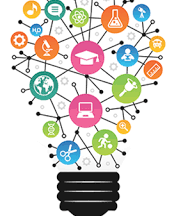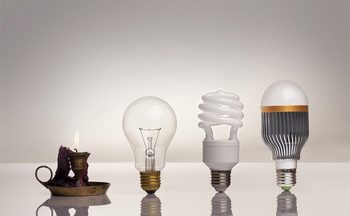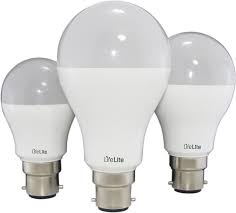 January 2021
January 2021
Throughout the 20th century and into the 21st, people have increased the amount of time spent indoors. Some estimate that 90 percent of our time is now spent inside.
Humans evolved in the outdoors where daylight and our daily rhythm are controlled by the sun. Our internal time clock reacts to natural lighting which tells us when it is time to sleep. With so much time now spent indoor our exposure to natural light can be limited. Exposure to internal lighting conditions can disrupt our internal time clock while impacting on our mood, health and productivity.
Communities have focused on improving indoor air quality, exercise and activity spaces. Lighting is rarely a consideration.
Human-centric lighting, or HCL, is the focus of lighting to improve the well-being of those in a building. It seeks to emulate natural lighting and avoid disrupting our internal time clock.
Interior lighting generally does not change during the day like natural lighting. It fails to vary in intensity and colour like natural light. Interior lighting is designed simply to turn on or off. Dimming features are rare and limited. Fluorescent tubes and light bulbs can emit “cool” and “warm” light but fail to vary in intensity and colour.
HCL fixtures will vary the intensity and colour of light. During daylight hours they emit “warm” or blue spectra light. As evening approaches less blue spectra light is emitted. This provides for a brighter light during daytime hours. Studies have shown that people working in an HCL area report being in a better mood, are more energetic and healthier.
HCL systems are more likely to be found in commercial buildings where productivity is encouraged. In the home HCL systems can provide comparable benefits including better concentration, energy level, awareness and productivity.







